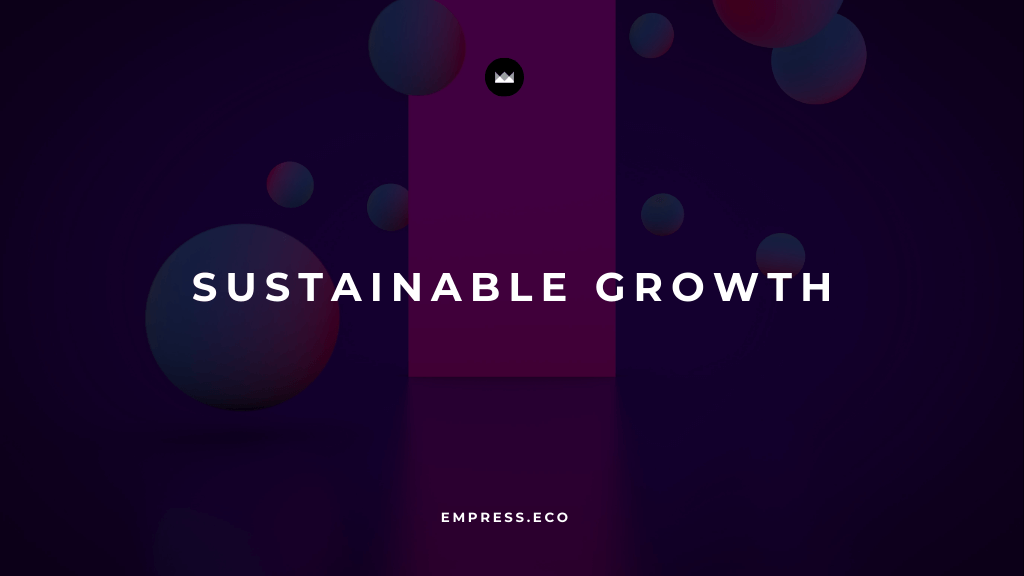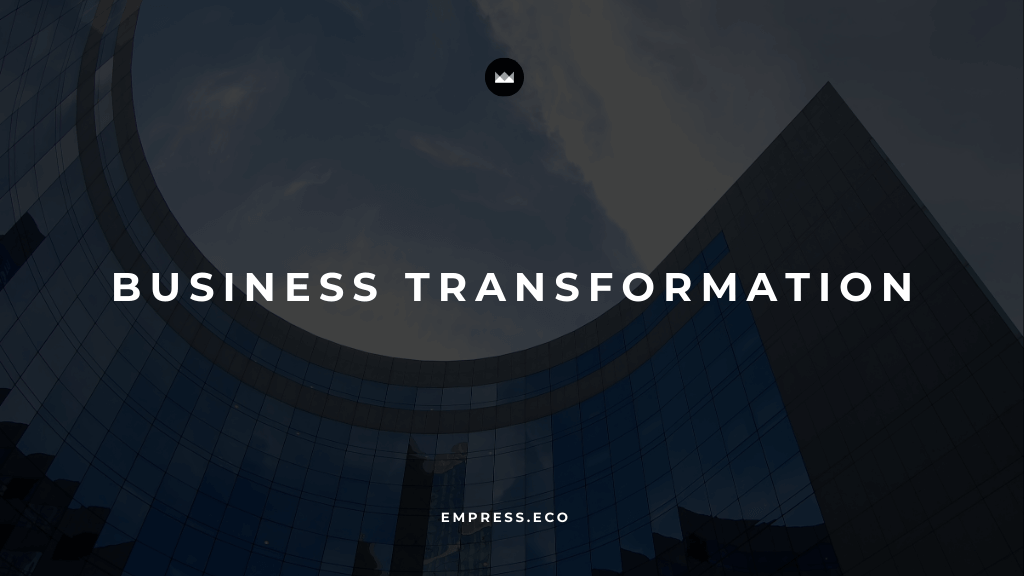
Achieve Sustainable Business Growth with Eco-Friendly Lead Generation Practices
Implementing Green Technologies in Lead Generation Strategies
Table of Contents
As environmental concerns become increasingly prominent, businesses are recognizing the importance of adopting eco-friendly practices across all aspects of their operations, including lead generation. By integrating green technologies and sustainable practices, companies can not only reduce their carbon footprint but also appeal to eco-conscious consumers. This blog explores how businesses can achieve sustainable growth through eco-friendly lead generation strategies.
Understanding Eco-Friendly Lead Generation
Eco-friendly lead generation involves acquiring potential customers while minimizing negative environmental impacts. This approach includes adopting sustainable practices and green technologies that align with environmental responsibility. By doing so, businesses can attract leads who value sustainability, thereby enhancing their brand reputation and contributing positively to the planet.
The Importance of Sustainable Lead Generation
Environmental Responsibility
Adopting eco-friendly lead generation practices reflects a commitment to environmental responsibility. Businesses play a crucial role in reducing their carbon footprint and promoting sustainability, which is increasingly important to consumers.
- Commitment to Sustainability: Companies that prioritize eco-friendly practices demonstrate their dedication to preserving the environment, appealing to the growing number of environmentally conscious consumers.
- Corporate Social Responsibility (CSR): Integrating green practices into lead generation contributes to broader CSR goals, enhancing overall corporate reputation.
Enhanced Brand Reputation
Consumers are more likely to support brands that demonstrate a commitment to sustainability. Eco-friendly practices can enhance a company's reputation, build trust, and foster long-term customer loyalty.
- Positive Brand Image: Businesses that adopt sustainable practices are viewed more favorably by consumers, leading to increased brand loyalty and positive word-of-mouth.
- Competitive Advantage: Eco-friendly companies can differentiate themselves from competitors, attracting a dedicated customer base that values sustainability.
Cost Savings
Sustainable practices often lead to cost savings in the long run. For example, energy-efficient operations and reduced waste can lower expenses, making eco-friendly lead generation both economically and environmentally beneficial.
- Operational Efficiency: Implementing green technologies can reduce energy consumption and operational costs.
- Long-Term Savings: Investments in sustainable practices can yield long-term financial benefits through reduced waste and increased efficiency.
Key Eco-Friendly Lead Generation Strategies
Green Content Marketing
Content marketing is a cornerstone of lead generation. To make it eco-friendly:
- Keyword Optimization: Use eco-friendly keywords like "sustainable," "green," and "environmentally friendly" to attract like-minded consumers.
- Eco-Centric Blog Posts: Create informative blog posts on sustainability-related topics that resonate with environmentally conscious readers.
- Paperless Content: Replace print materials with digital alternatives to reduce paper waste.
Sustainable SEO Practices
Search engine optimization (SEO) is vital for online visibility. Eco-friendly SEO practices include:
- Optimize for Local Search: Use geo-specific keywords to attract local, eco-conscious customers.
- Reduce Website Load Time: A faster website not only improves user experience but also reduces energy consumption.
- Sustainable Hosting: Choose green web hosting providers that use renewable energy sources.
Eco-Friendly Email Marketing
Email marketing remains a potent lead generation tool. Make it green by:
- Clean and Targeted Lists: Regularly clean your email lists to reduce energy used for sending to invalid addresses.
- Energy-Efficient Email Servers: Choose email service providers that use energy-efficient data centers.
- Minimalistic Design: Keep email templates simple to reduce data and energy consumption when loading.
Social Media Engagement with a Conscience
Engaging with your audience on social media is crucial. Adopt eco-friendly social media practices:
- Sustainable Hashtags: Use popular eco-friendly hashtags like #SustainableLiving and #GreenTech to reach environmentally conscious users.
- Green Partnerships: Collaborate with eco-friendly brands and influencers to expand your reach.
- Eco-Friendly Social Ads: Use social advertising to promote sustainable products or initiatives.
Sustainable Webinars and Virtual Events
Webinars and virtual events are effective lead generation tools. Make them eco-friendly by:
- Virtual Venues: Host events in virtual environments to reduce travel-related carbon emissions.
- Carbon Offset Options: Offer attendees the option to offset their carbon footprint from attending your event.
Eco-Conscious Lead Magnets
Create eco-friendly lead magnets to attract environmentally conscious prospects:
- Sustainability E-books: Offer free e-books on sustainable living or eco-friendly business practices.
- Green Toolkits: Provide toolkits for reducing environmental impact in various aspects of life or business.
- Carbon Calculators: Develop calculators that allow users to estimate their carbon footprint and offer solutions for reducing it.
Overcoming Challenges in Eco-Friendly Lead Generation
Balancing ROI
Striking a balance between sustainability and ROI is essential. While some eco-friendly practices may have higher upfront costs, they can yield long-term benefits.
- Cost-Benefit Analysis: Evaluate the long-term financial benefits of sustainable practices against initial investments to ensure a balanced approach.
Consumer Education
Educating your target audience about your eco-friendly initiatives is crucial. Clearly communicate your sustainability efforts to build trust and attract like-minded consumers.
- Transparency in Communication: Share detailed information about your sustainable practices and their impact to educate and engage consumers.
Data Privacy
Ensure that your eco-friendly lead generation practices also prioritize data privacy and comply with regulations such as GDPR.
- Compliance and Trust: Adhere to data privacy regulations to maintain consumer trust and avoid legal issues.
Measuring and Showcasing Sustainability
Green Certifications
Obtain recognized eco-friendly certifications to build trust with your audience and demonstrate your commitment to sustainability.
- Third-Party Validation: Certifications from reputable organizations provide external validation of your sustainable practices.
Eco-Friendly Metrics
Track and share eco-friendly metrics such as reduced carbon emissions or paper saved. Transparency in your sustainability efforts can enhance your brand's credibility.
- Sustainability Reporting: Regularly report on your environmental impact to stakeholders to demonstrate progress and accountability.
Transparency
Communicate your sustainability journey transparently to connect with like-minded customers and stakeholders.
- Open Dialogue: Engage in open and honest communication about your sustainability goals and achievements.
Conclusion
Eco-friendly lead generation is not just about being environmentally responsible; it is a strategic move that resonates with a growing eco-conscious audience. By adopting sustainable practices in your lead generation efforts, you can attract customers who share your commitment to a greener planet while also differentiating your brand in a competitive market.
Start your journey toward eco-friendly lead generation today, and watch your business thrive in an environmentally friendly future.
Empress Newsletter
Join the newsletter to receive the latest updates in your inbox.







